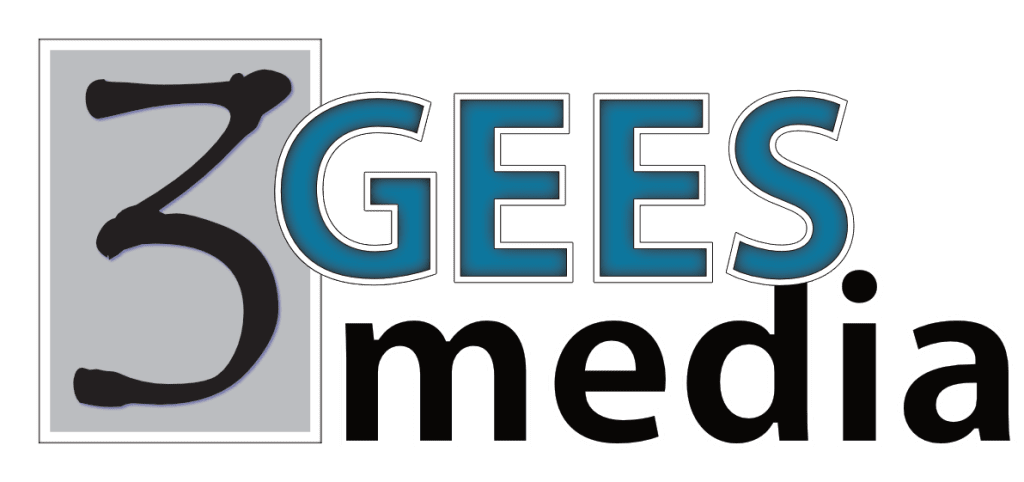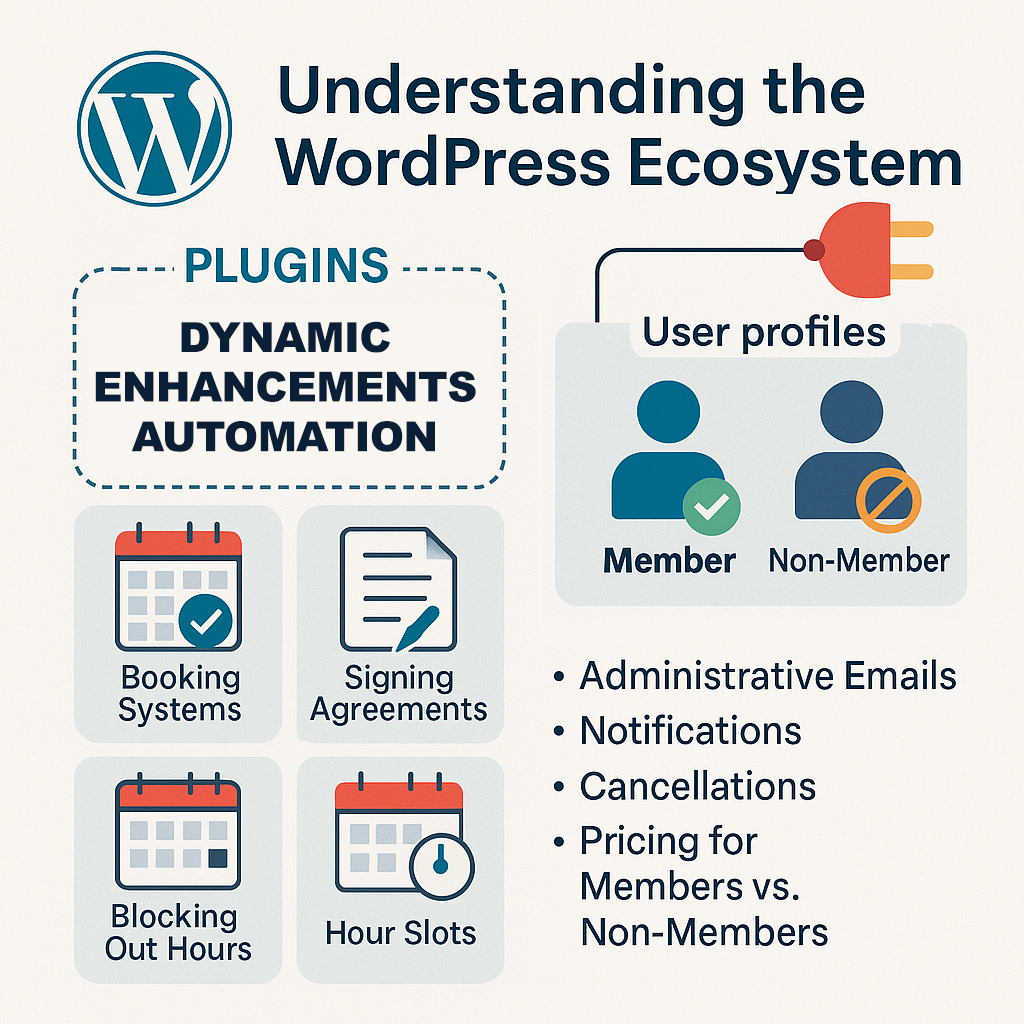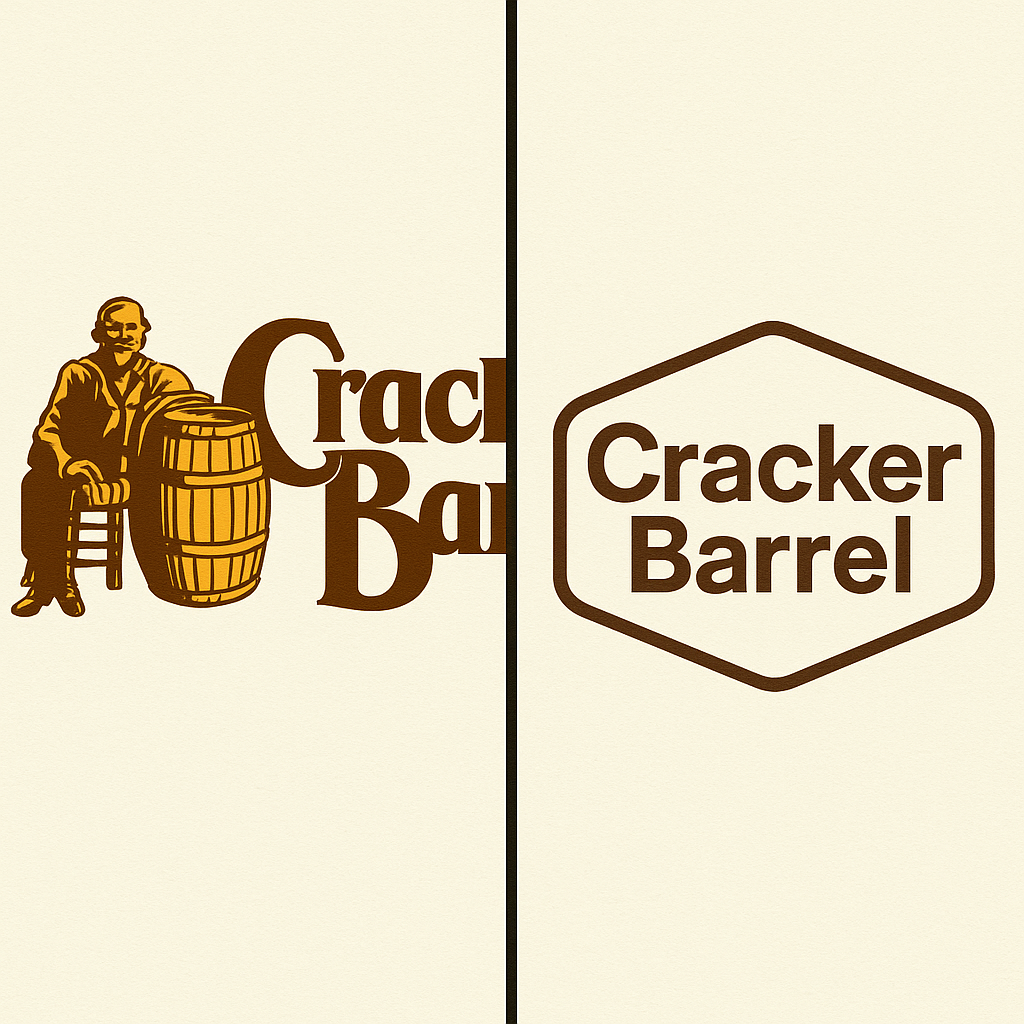Drop Shadows in Modern Design: Outdated or Underused Tool?
In the evolving landscape of digital design, aesthetics move quickly, and what was once considered essential can easily fall out of favor. One design element that has seen a sharp decline in relevance is the traditional drop shadow.
Once a staple of web and graphic design, the classic drop shadow—typically a soft, feathered dark edge behind text or images—now tends to signal outdated design practices rather than visual sophistication. While once used to simulate depth and separation, its overuse and lack of purpose in many layouts have relegated it to a style best left in the past.
Why Traditional Drop Shadows Fall Short Today
The core issue with these shadows is that they rarely contribute meaningfully to the design. They are often applied arbitrarily, creating a floating or “popping” effect that doesn’t serve the content. In most modern applications, these effects clash with today’s dominant aesthetic: clean, flat, and purpose-driven design.
Modern design emphasizes clarity and minimalism. Extraneous visual effects like outdated drop shadows detract from that by adding clutter and visual noise. As a result, they can unintentionally date your work or distract from the core message.
When Shadows Still Make Sense
Despite their decline in popularity, shadows haven’t disappeared altogether—they’ve simply evolved. When used with intention and restraint, shadows can still enhance a design. Consider these more contemporary applications:
1. Subtle, Functional Shadows
When shadows are used subtly, they can improve contrast and readability—particularly when text is overlaid on complex backgrounds. A barely visible shadow can add just enough separation to ensure clarity, without drawing attention to itself.
2. Hard-Edged Shadows for Graphic Impact
Hard-edged or offset shadows can create a bold, stylized look that references vintage design. When used strategically—often with short phrases or graphic elements—they can contribute to an intentional aesthetic without overwhelming the layout.
3. Long Shadows for Depth in Flat Design
Long shadows are a modern design trend that aligns well with flat design principles. These angular, directional shadows create a sense of movement and dimension while maintaining simplicity. They offer an elegant way to enhance flat icons or minimal interfaces.
The Takeaway
Design elements should always serve a clear function. Classic drop shadows often don’t. When added for decoration rather than purpose, they undermine the visual integrity of a layout. Contemporary design trends favor function, clarity, and restraint—qualities not typically associated with the outdated drop shadow.
Instead of defaulting to legacy styling, consider how modern shadow techniques can support readability and structure while keeping your design visually current.
By leaving behind unnecessary effects and focusing on purposeful design, we move toward cleaner, more effective communication—both visually and conceptually.
This article was reviewed and refined with the assistance of AI tools to help ensure clarity, structure, and grammatical accuracy. All ideas and opinions remain solely those of the author.





